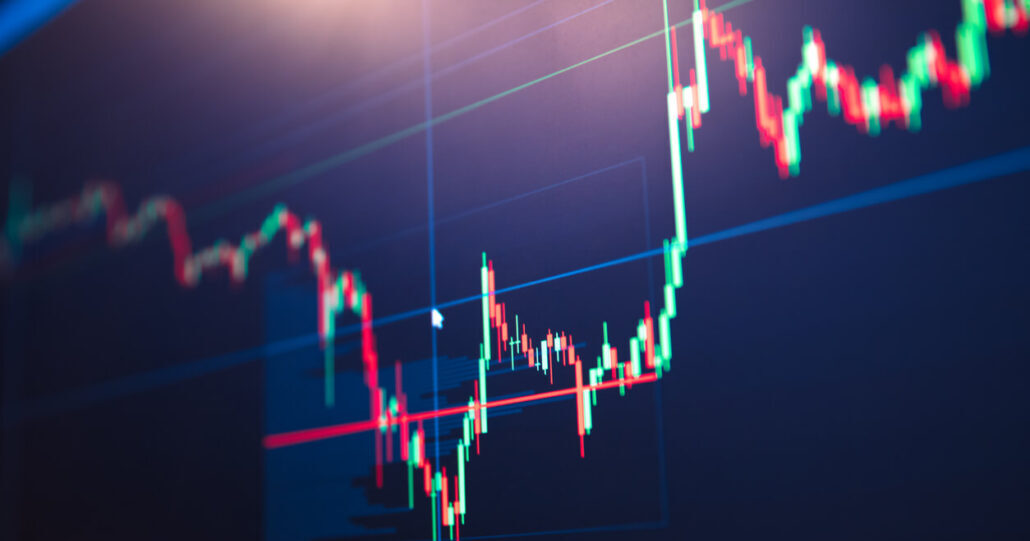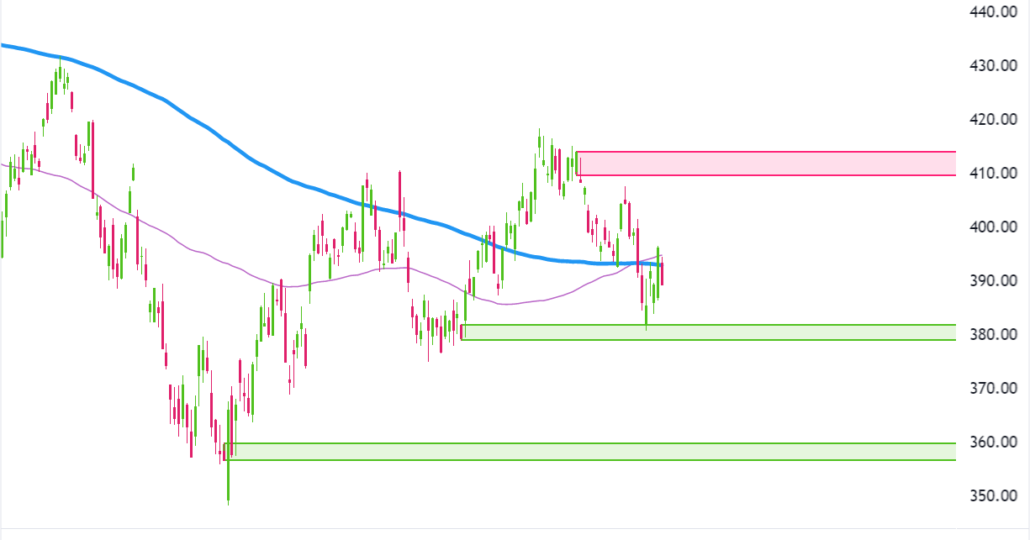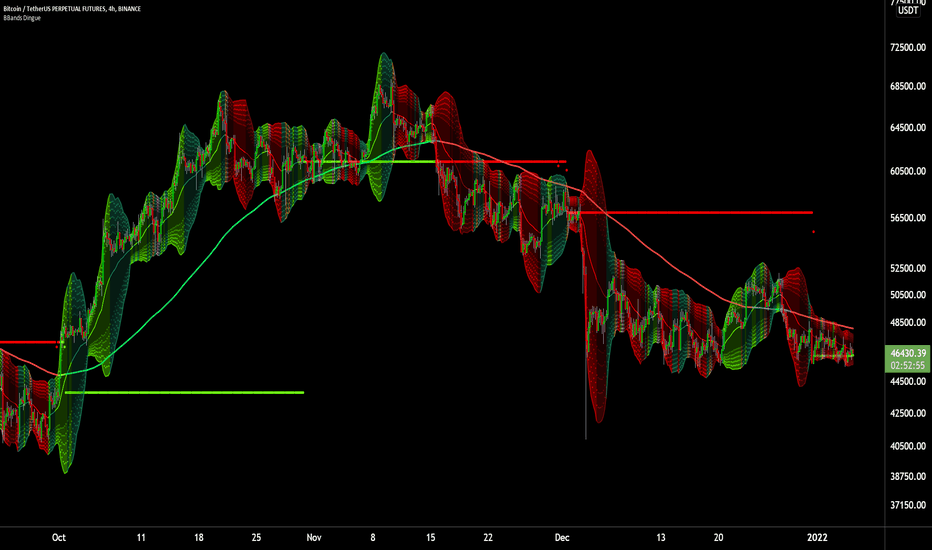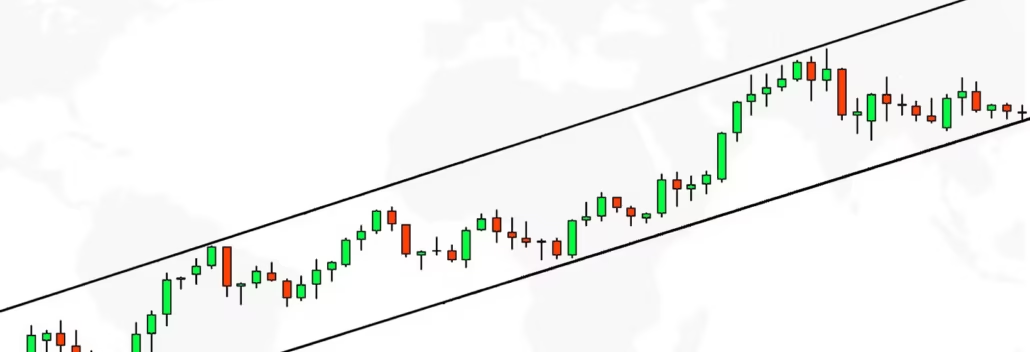How to Trade Coffee: Your Ultimate Guide to Profitable Coffee Trading
 Sam Reid Staff Writer
Sam Reid Staff Writer
“Coffee is the fuel of modern society—and a goldmine for savvy traders. With over 2.25 billion cups consumed daily and a market worth over $100 billion, coffee isn’t just your morning ritual; it’s a commodity powerhouse. If you’ve been curious about how to trade coffee and turn its global appeal into financial gains, you’ve come to the right place.
In this guide, we’ll walk you through everything you need to know about coffee trading, from the basics of the market to actionable trading strategies. No matter if you’re interested in where to trade coffee futures or which coffee trading platform is best for you, this article will give you the information needed to start trading successfully. Let’s get brewing!
Why Trade Coffee?
Coffee isn’t just a drink—it’s a market driven by weather, geopolitics, and the complex dance of supply and demand. Because of its volatility, it is an attractive trading asset, with gains and losses, etc.
Take Brazil, for example. Pounding a frost across the coffee belt can send prices soaring, providing traders with the potential for quick, frequent riches. However, at the same time as any unstable market, coffee trading calls for strategy, knowledge and the right tools. That’s where brokers like XM, Exness, and AvaTrade come into play, offering platforms tailored for coffee traders of all levels.
How to Start Trading Coffee
1. Open a Coffee Trading Account: First, choose a reliable broker. XM, Exness, and AvaTrade are good choices with very good platforms, excellent spreads and having coffee available to trade as CFDs.
All brokers offer demo accounts as well, so you can practice trading without risk prior to putting real capital at risk. Trust us—this step is worth it.
2. Decide What to Trade: The coffee market primarily revolves around two types:
Arabica: Renowned for its high quality of flavor, Arabica has a higher price tag and is the main source of the coffee production (60% of the world production). Brazil is its top producer.
Robusta: Colder and more bitter, Robusta is cheaper to grow and contributes for 30-40% of world production. Vietnam leads in its production.
Arabica is generally wilder in price, and thus more suitable to short-term traders while Robusta is more stable.
3. Select Your Trading Instrument: There are several ways to get the exposure to coffee prices:
- Futures Contracts: Ideal for long-term traders. Wondering where to trade coffee futures? Look to the Intercontinental Exchange (ICE) or NYMEX.
- CFDs (Contracts for Difference): Perfect for short-term traders who want flexibility and leverage. Brokers like AvaTrade excel in this area.
- Coffee ETFs: A relatively safe product for investors, coffee price tracking or coffee index futures.
- Stocks: Invest in indirect exposure to coffee-related companies such as Starbucks or Nestlé for investment purposes.
4. Develop a Strategy
Coffee prices are affected by many factors such as weather, political upheaval, and global demand. To navigate this complexity, you need a clear strategy. Here are some popular approaches:
Scalping: Quick trades based on minute price fluctuations.
Day Trading: Hold positions for hours to capitalize on intraday trends.
Trend Trading: Identify and ride long-term market trends.
Tip: Always use risk-management tools like stop-loss orders to guard your capital against excessive losses.
5. Start Trading Coffee
After your strategy is set, make your first trade call. Implement a technical analysis trading approach, to track trends and pay attention to the global news. For instance, a frost in Brazil or an increase in oil prices can dramatically influence the price of coffee.
Factors That Impact Coffee Prices
Knowing how coffee prices move can provide a trading advantage. Here’s a quick breakdown:
Weather Conditions: Due to a problem in major growing areas, such as the presence of frost, drought, and/or too much rainfall in important growing regions, Brazil or Vietnam, there can be supply disruptions in coffee.
Geopolitical Instability: In South America, the epicentre of coffee production, where 90% of the coffee is grown, is susceptible to supply chain disruption causing instability.
Currency Fluctuations: Because coffee is priced in USD, fluctuations in the currency value affect the cost for buyers using other currencies.
Oil Prices: Transport costs are dictated by (petroleum) oil prices, and these affect the trade of coffee around the world.
Common Mistakes to Avoid
Coffee trading can potentially be very profitable. But it’s also very easy to fall into beginner traps when trading. Here are some pitfalls to avoid:
- Ignoring News: Coffee is highly sensitive to global events. Stay informed.
- Over-Leveraging: Leverage can, however, both increase the gains and the losses of an investment. Start small.
- Lack of Strategy: Don’t trade on gut feelings. Develop and stick to a plan.
Best Coffee Trading Platforms
If you’re wondering where to trade coffee or looking for the best coffee trading platform, these brokers top the list:.
XM: Excellent for beginners with its intuitive interface and educational resources. Read our XM review.
Exness: Provides competitive spreads and exposure to Arabica and Robusta CFDs. Read our Exness review.
AvaTrade: An ideal tool for technical traders, with sophisticated chart tools and customizable leverage features. Read our AvaTrade review.
FAQs About Trading Coffee
Is coffee trading profitable?
Yes! The price volatility of coffee presents tremendous profit chances to savvy traders.
How is coffee sold on the market?
Coffee is traded through futures, CFDs, ETFs, and stocks. Futures contracts dominate the market.
What types of coffee are traded?
Arabica and Robusta are the main types with different market characteristics.
Can you trade coffee beans?
Not directly. Instead, you trade financial derivatives tied to coffee prices.
How to start trading coffee?
1. Open an account with brokers, such as XM, Exness or AvaTrade.
2. Choose your coffee type and trading instrument.
3. Practice on a demo account before trading with real money.
How to invest money in coffee?
Invest in coffee ETFs, futures or in stocks of coffee companies such as Starbucks.
Can you make money with coffee?
Absolutely. Using the right approach, it is possible to make income from the volatility of coffee prices. But remember that trading comes with risk, so always do your own research.
Final Thoughts
Coffee trading combines the excitement of a dynamic market and the appeal of the most widely consumed product in the world.
Whether you’re a beginner or an experienced trader, understanding how to trade coffee—and when to trade coffee—can unlock exciting opportunities. Platforms like XM, Exness, and AvaTrade offer the tools and flexibility you need to succeed.
Begin with a demo account, work on your strategy, and step into the exciting market. Your coffee trading journey starts today!
 25th Dec 2024
25th Dec 2024









